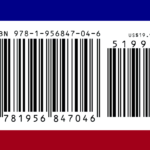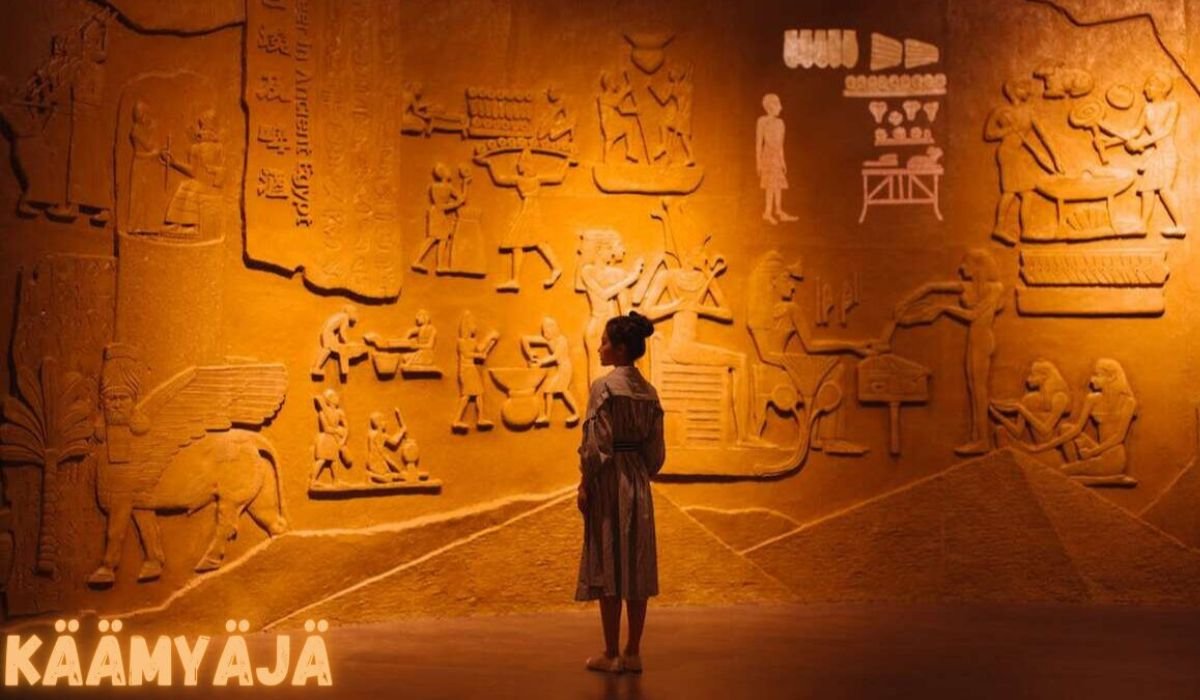Introduction
In Finnish folklore, the käämyäjä is not just a craft; it embodies stories, culture, and spirituality. Legend has it that these intricate designs can ward off evil spirits, infusing homes with positive energy and protection. As the world becomes increasingly globalized, the significance of traditional crafts like käämyäjä takes on renewed importance. This article delves into the meaning, symbolism, and creative processes surrounding käämyäjä, exploring its rich history and modern relevance.
Käämyäjä: Definition and Origin
Meaning of Käämyäjä
The term “käämyäjä” literally translates to “one who weaves käämy,” referring to the intricate designs often woven into textiles and crafts. This term holds profound cultural significance in Finland, where käämyäjä is considered a custodian of traditions, responsible for passing down techniques and stories through generations.
Historical Context
Käämyäjä has its roots deeply embedded in Finnish folklore, emerging from a time when craftsmanship was integral to daily life. Historically, käämyäjä was not merely a decorative element; it served practical purposes in rituals and as a means of storytelling. In various regions of Finland, käämyäjä was believed to have protective qualities, serving as a guardian against misfortune.
Symbolism and Meanings
Intricate Designs
The designs often found in käämyäjä are rich with symbolism. Common motifs include:
- Nature Elements: Leaves, flowers, and animals symbolize connection to the earth.
- Geometric Shapes: Circles and triangles often represent harmony and balance.
- Cultural Symbols: Specific patterns may reflect regional identities or historical events.
These intricate designs tell stories and embody the beliefs and values of Finnish culture.
Cultural Interpretations
Different communities interpret käämyä jä in various ways. In some areas, it symbolizes fertility and prosperity, while in others, it represents protection and well-being. Each design carries meaning, fostering a sense of belonging and cultural identity among the Finnish people.
Spiritual Significance
Käämyä jä holds spiritual significance as well. Many believe that the act of weaving these patterns invokes spiritual energy, inviting blessings and safeguarding the home. This practice can be seen as a form of meditation, where the weaver connects with both the material and the spiritual world.
Types of Käämyäjä
Traditional Designs
Traditional käämyä jä often features age-old patterns passed down through generations. These designs maintain their authenticity while showcasing regional characteristics. Common types include:
- Saami Käämyäjä: Reflecting the culture of the indigenous Saami people, often featuring motifs inspired by the natural environment.
- Karelian Käämyäjä: Known for its vibrant colors and intricate geometric designs, typical of the Karelia region.
Modern Variations
Contemporary artists have begun to adapt käämyäjä, infusing modern aesthetics while honoring traditional methods. Modern interpretations may incorporate new materials or innovative techniques, appealing to a broader audience and ensuring the art form’s longevity.
Käämyäjä in Finnish Culture
Folklore and Legends
Käämyä jä is often woven into the fabric of Finnish folklore. Tales of magical käämyä jä creations serve as a reminder of the power of tradition. One popular legend tells of a käämyä jä that saved a village from misfortune by providing protective charms through its designs.
Traditional Practices
In traditional Finnish life, käämyä jä played a crucial role in various ceremonies, including weddings and harvest festivals. Textiles featuring käämyä jä designs were gifted to symbolize blessings and goodwill. This practice reinforces the communal aspect of käämy äjä, uniting families and communities.
Modern Relevance
In today’s Finland, käämyä jä continues to hold significance. Artists and craftspeople actively promote this tradition through exhibitions and workshops, ensuring that the stories and skills are not lost. Modern consumers are also drawn to käämy äjä for its unique beauty and cultural depth.
Creating Your Own Käämyäjä
Materials and Tools
To create your own käämyä jä, you’ll need:
- Materials: Choose textiles like wool, linen, or cotton.
- Tools: Scissors, needles, thread, and a loom (if weaving).
- Inspiration: Look for patterns and designs that resonate with you.
Step-by-Step Guide
- Design Planning: Sketch your design on paper, considering colors and motifs.
- Material Preparation: Cut your fabric to the desired size.
- Weaving or Sewing: Begin weaving on a loom or sewing the patterns onto your fabric.
- Finishing Touches: Add any embellishments or finalize the edges to complete your käämyä jä.
Design Inspiration
Explore nature for inspiration or delve into Finnish mythology. Consider combining traditional motifs with personal elements to create a meaningful käämy äjä that tells your story.
Käämyäjä in Art and Design
Influence on Artists
Käämy äjä has significantly influenced Finnish artists and designers. Many have incorporated its motifs into their work, from textiles to fine art. This influence not only preserves the tradition but also introduces it to new audiences.
Contemporary Applications
In modern art, käämy äjä appears in various forms, including fashion and home decor. Designers utilize these patterns to create unique clothing, accessories, and interior designs that reflect Finnish heritage while appealing to contemporary tastes.
Käämyäjä and Tourism
Käämyäjä-Themed Events
Various festivals celebrate käämyä jä and its artistry, providing platforms for artisans to showcase their work. These events offer workshops, exhibitions, and opportunities to learn about the cultural significance of käämy äjä.
Käämyäjä-Related Tourism
Tourism centered around käämyäjä attracts visitors interested in Finnish culture. Workshops and guided tours in rural areas allow tourists to engage with local artisans, deepening their understanding of this rich tradition.
You May Also Like: Unveiling rjcnrj: Exploring Its Mysteries and Interpretations
Conclusion
In conclusion, käämy äjä represents much more than a traditional craft; it embodies the heart of Finnish culture and identity. From its intricate designs and historical roots to its modern applications and spiritual significance, käämy äjä remains a vibrant part of Finland’s cultural landscape. Engaging with this art form offers a unique opportunity to connect with the past while fostering creativity for the future.
FAQs
What does käämyäjä mean?
Kääm yäjä translates to “one who weaves käämy,” reflecting its cultural significance in Finnish traditions.
What are common designs found in käämyäjä?
Common designs include nature motifs, geometric shapes, and cultural symbols, each carrying specific meanings.
How can I create my own käämyäjä?
You can create käämyäjä by gathering materials, planning a design, and weaving or sewing the patterns onto your fabric.
What is the significance of käämyäjä in Finnish culture?
Käämyäjä holds spiritual and protective qualities, often used in traditional ceremonies and symbolizing community ties.
Are there events celebrating käämyäjä?
Yes, various festivals and workshops celebrate käämyäjä, offering opportunities to learn about its artistry and cultural importance.










